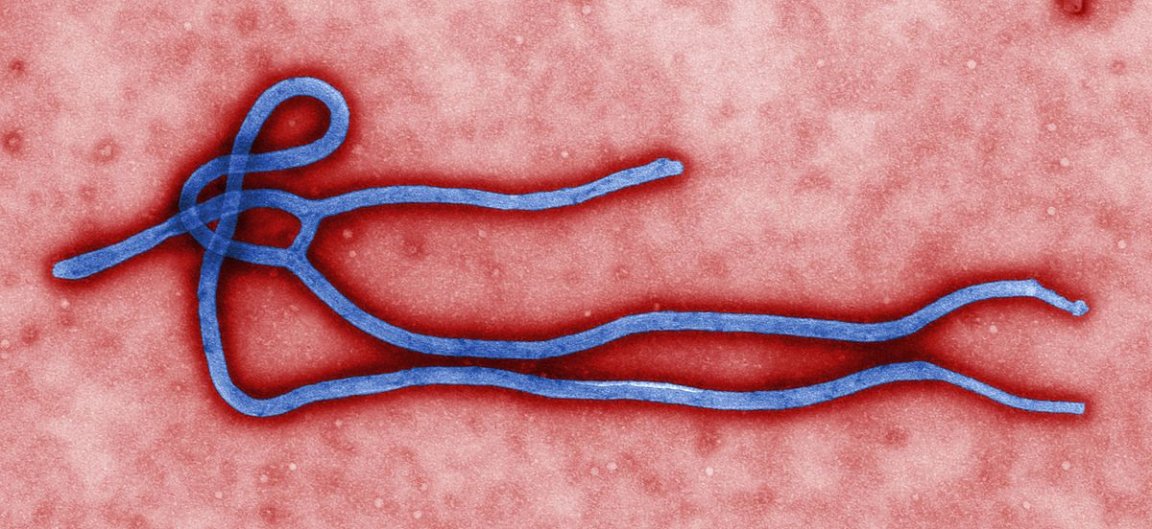
On Monday (September 29, 2014), doctors at the Texas Health Presbyterian Hospital in Dallas stated that a man had been placed in isolation because of his travel history and Ebola-like symptoms. In a statement, the Texas Department of State Health Services asserted, “The patient is an adult with a recent history of travel to West Africa. The patient developed symptoms days after returning to Texas from West Africa and was admitted into isolation on Sunday at Texas Health Presbyterian Hospital in Dallas.” On September 30th, the CDC announced that the individual had Ebola. Shortly thereafter, the patient passed away.
Subsequently, two nurses in the United States were diagnosed with Ebola. There have also been reports of infections of Ebola in Western Europe and South America. Thus, the disease has spread to nearly every continent. Understandably, this raises a number of questions about how infectious Ebola is.

“Patients become more and more contagious as the disease progresses because viral load increases and more organ systems involved,” said Hotez, who is also the dean of the National School of Tropical Medicine at Baylor College of Medicine in Houston. However, most biologists and individuals in the medical profession are not seriously concerned about a major outbreak.
For example, professor of integrative biology Lauren Ancel Meyers from the University of Texas states, “I think they are striking a good note in saying that most of you out there don’t have to worry. There doesn’t seem to be a real threat of a large epidemic in the United States.” This confidence stems from a mathematical term known as “R0.” This is a ‘reproduction number‘ used by epidemiologists to indicate how infectious a specific disease is, and it tells you how many people, on average, will be infected by one patient.
“The reproduction number provides a lot of information,” Meyers told The Huffington Post. “It gives us a baseline for projecting the growth of outbreaks in the absence of intervention, and it tells us how hard and how effective do our interventions have to be in order to stop an epidemic.”
As Science Alert reports,
Measles, for example, is the most contagious disease we have, and its R0 is about 18. This means that if no one is vaccinated, an incredible 18 people can be infected by every one person who has the disease. Of course, this number drops to zero if everyone is vaccinated. For HIV/AIDS and SARS, the R0 number is between 2 and 5, and for Ebola, it’s just 2.
Which, on the grand scale, is pretty low.